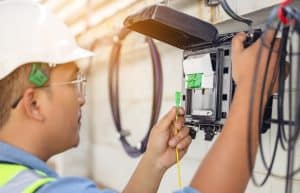Yes – as of September 2023, ADSL internet plans are still available in Australia. However, their availability depends on your location and whether the NBN services have been rolled out in your area. In any area where it isn’t yet available, ADSL remains an option for internet connectivity.
It's important to note, though, that over time, as the NBN continues to expand its coverage, ADSL will eventually become entirely obsolete. Once the NBN becomes available in your area, you’ll be given a set timeframe to switch before your existing ADSL internet is disconnected.
If ADSL is no longer available, there are a few options for you to choose from for your internet:
- NBN: the most obvious alternative is ADSL’s direct replacement. NBN plans are designed to provide more reliable and faster fixed line internet to homes around Australia.
- Fibre internet: if you’re looking for a fixed line connection but prefer to sidestep the NBN, several private companies offer their own networks of fixed line internet, known generally as fibre internet.
- Cable internet: if you have (or had) a pay TV subscription, you may still have access to cable internet. However, like ADSL, this is being overhauled in favour of the NBN.
- Home wireless broadband: you may wish to go the wireless route, in which case a home wireless plan may be able to deliver the internet you’re looking for.
- Mobile broadband: though not designed for home connections, mobile broadband also utilises mobile networks to provide a source of roaming internet for on-the-go use.
To get the most up-to-date information on the availability of ADSL or the NBN in your specific location, it's worth checking with internet providers or visiting the NBN Co website to see if services have been rolled out in your area.











